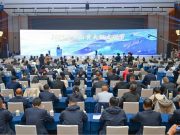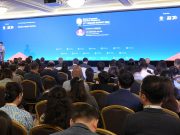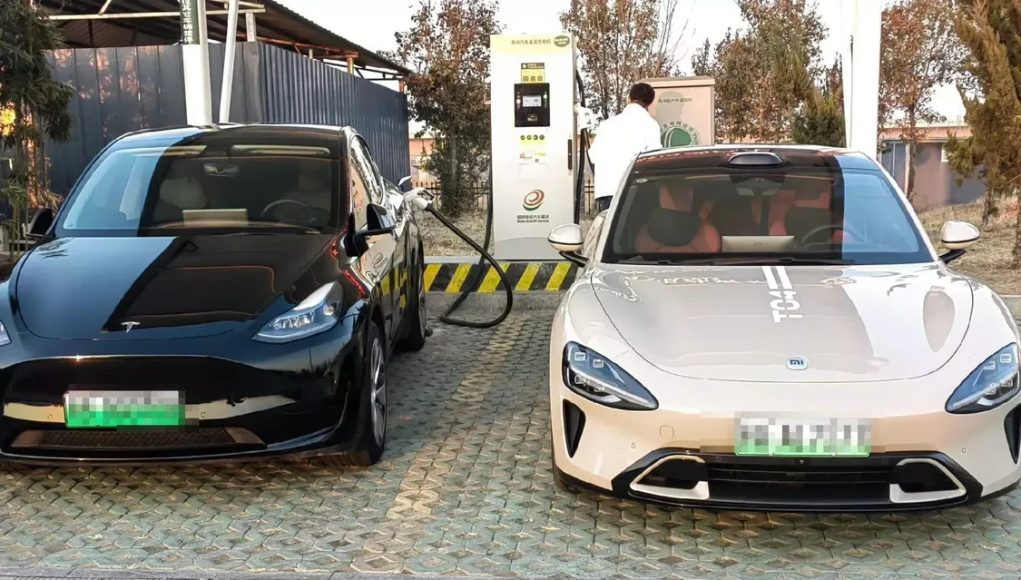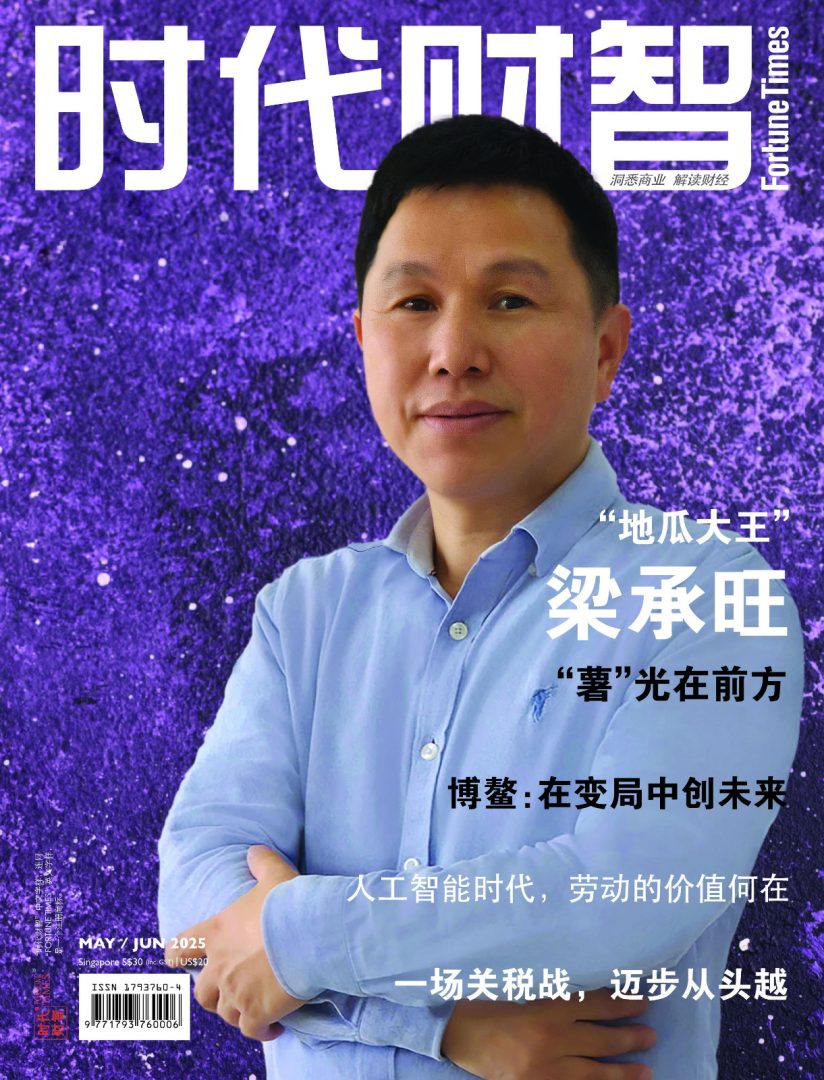(SINGAPORE, 04.07.2025)Chinese smartphone maker Xiaomi, which has entered the business of making electric vehicles (EV) just over a year ago, has already surpassed Tesla, the major US pure EV manufacturer, in terms of its products’ cost efficiency and performance, reported the Nikkei Chinese Website.
While Xiaomi has not yet outsold Tesla globally like BYD, another Chinese EV company, and even in China, its rapid growth is posing a formidable challenge to the US company. Tesla now ranks fifth in terms of EV sales in China.
Market watchers note that Xiaomi EVs’ competitive pricing, advanced features, and impressive integration with the company’s broader digital ecosystem have resonated with Chinese consumers and might similarly appeal to foreign markets, putting it next in line to overtake Tesla globally after BYD.
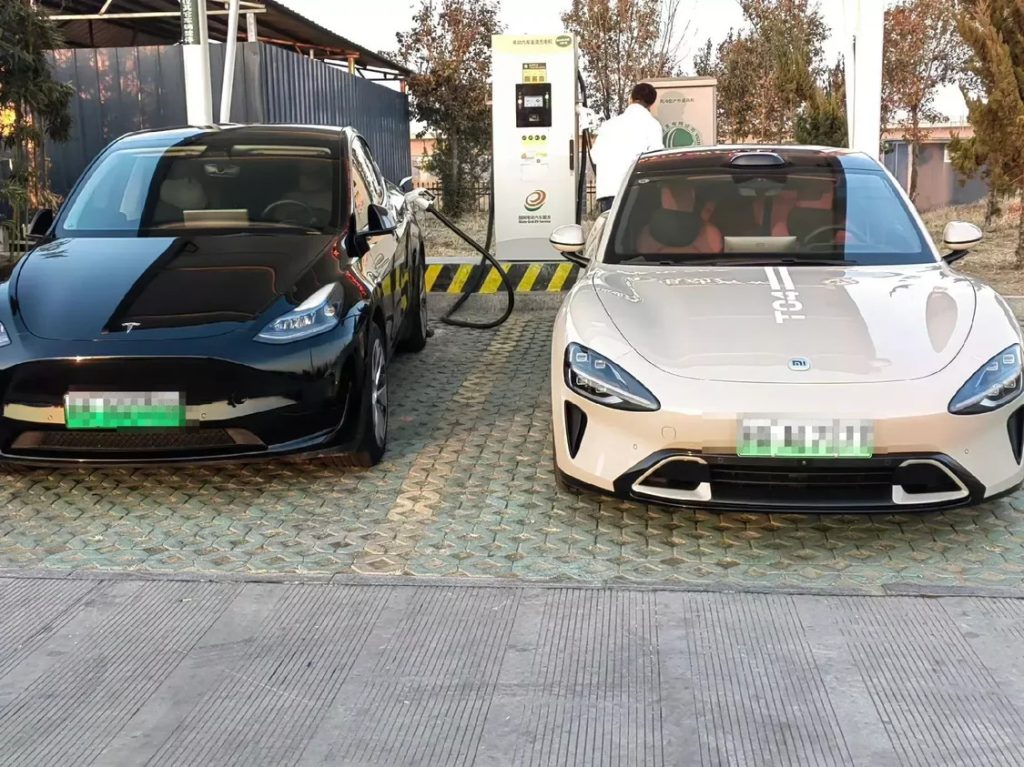
While Tesla struggles with sales woes largely self-inflicted by its founder and CEO Elon Musk with his distraction by politics in the first five months of this year, Chinese firms have been accelerating their push into the EV space, according to the Chinese-language financial news site of Japan’s Nikkei media company.
BYD overtook Tesla in pure EV sales in the first half of the year ending June, claiming the world’s top spot. According to Marklines, a specialized automotive industry research firm, BYD’s compact EV model “Seagull” outsold Tesla’s Model Y globally for the first time in April.
Meanwhile, Xiaomi, which entered the EV market in 2024, started taking orders for its new YU7 model in late June. The model is 10,000 yuan (about S$1800) cheaper than Tesla’s Juniper Model Y and offers 40% longer driving range.
Xiaomi has succeeded more than Tesla in making EVs that are both affordable and high-performing, which makes them more attractive to buyers, remarked Nikkei Chinese.
What truly threatens Tesla is Xiaomi’s business model. In moving from making smartphones to producing EVs, Xiaomi used a business model it has developed and which has proven successful, noted the website.
Specifically, it sells cars at a competitive price and then earns consistent revenue by offering software services through apps, such as in-car apps, entertainment, navigation, or smart features. This is precisely the direction Tesla aims to pursue in the future, noted Nikkei.
Tesla envisions autonomous driving as the key to such a business model and has been pouring vast investments into AI-based self-driving technology. In June, Tesla launched AI-powered autonomous taxis in the US.
Meanwhile, Xiaomi has caught up to Tesla in driver-assist technologies. Its latest EVs incorporate AI systems that control both environment perception and driving operations, similar to the advanced systems used in Tesla’s top EVs. These enhancements have improved the accuracy of driver-assistance functions on highways and city roads.
Sanshiro Fukao, executive research fellow at Itochu Research Institute, commented: “Xiaomi already has strong brand appeal in the smartphone world and understands how to monetize EVs post-sales, making it a serious threat to Tesla.” The institute is a think tank of Itochu, Japan’s leading trading company.
Founded in 2003, Tesla began its rapid growth in 2019 with the opening of its Shanghai factory. In its 20-year journey, Tesla has achieved a total market capitalization of over US$760 billion (S$967 billion).
While Tesla operated at a loss in its early years, Xiaomi, thanks to its smartphone profits, was already making money when it entered the EV market. In just one-twentieth the time, Xiaomi has caught up with Tesla significantly.
The gap between US EV makers and China’s is also fuelled by the negative stance US President Donald Trump takes towards domestic production of EVs. He has reduced government support measures for the industry emphasizing that it should rely on the market and consumer choice.
On July 2, Tesla announced that its global vehicle deliveries for the April to June period fell by 13% year-on-year to 384,122 units, marking the second consecutive quarter of double-digit decline.
The absence of Musk from company operations when he managed Trump’s newly created Department of Government Efficiency resulted in a leadership vacuum that had negative consequences on Tesla.
Musk’s political affiliation also sparked backlash, triggering boycotts of Tesla in both the US and Europe where he endorsed far-right political parties. Although he announced his departure from the Tump administration in late May to refocus on running Tesla, it has proven difficult to win back lost customers.
Tesla has not introduced any new models in the past 18 months, leading to a visibly aging product lineup, Nikkei pointed out. As of May, Tesla’s shipments in China have declined for eight consecutive months.
Meanwhile, firms like Xiaomi benefit from China’s domestic EV battery supply chain, which is crucial to EV costs. China controls more than 60% of the global market for automotive batteries, and the Chinese government is actively promoting EVs by offering subsidies to manufacturers hence reducing the cost of EVs for consumers.
According to MarkLines, as of 2024, Chinese firms hold 55% of the global EV market, while US companies hold only 21%. Tesla still commands half the EV market in the US, but the US government now plans to eliminate EV subsidies.
If the US market continues to shrink, American EV makers including Tesla could lose their competitiveness, and the gap with Chinese firms may only grow larger, said Nikkei.
However, there is also a growing worry now in China that the country is producing more EVs than its market can absorb, leading to oversupply, price wars, and squeezed profit margins.
Several countries also have imposed tariffs or restrictions on Chinese EVs, citing concerns that Chinese firms benefit from state subsidies and resort to “dumping” practice, selling EVs in their markets at artificially low prices.


